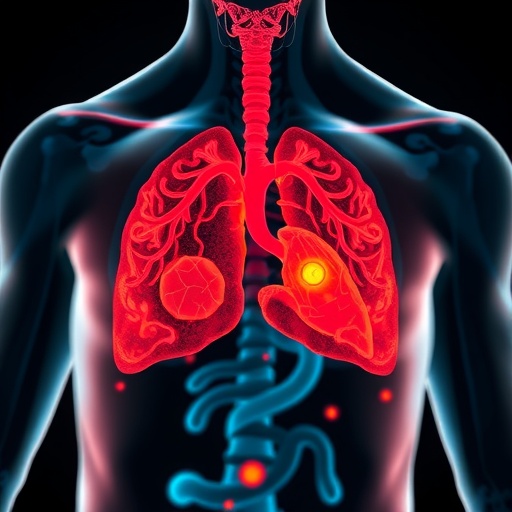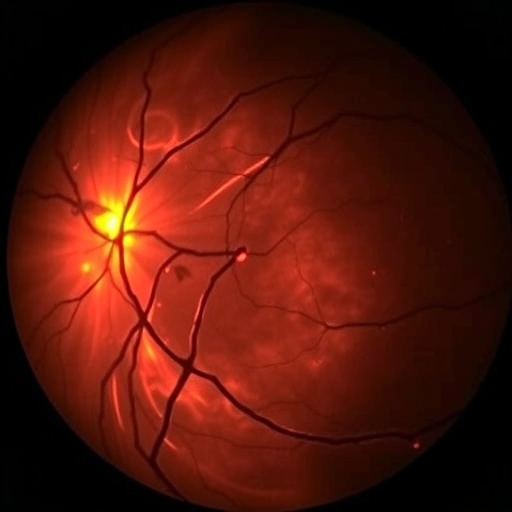
In recent years, the field of biomedical engineering has made significant strides in improving imaging techniques and data analysis methodologies. One of the latest developments in this domain is the use of synthetic computed tomography (sCT) for model-based tracking of biplane videoradiography data. A recent study by Kussow et al. (2025) delves into the accuracy and reliability of this innovative approach. The research addresses a critical need in the medical imaging community for more effective and precise tracking methods, particularly in real-time analysis of dynamic biological systems.
The significance of accurate imaging cannot be overstated, especially in disciplines that necessitate detailed visualization of anatomical structures. Traditional imaging methods often present challenges related to radiation exposure, resolution, or the ability to capture dynamic motions. Synthetic computed tomography utilizes advanced algorithms to create CT images from simulated data rather than relying on conventional scanning techniques. This method effectively minimizes the exposure risk while maintaining high-resolution imaging, enabling clinicians to make informed decisions based on real-time data.
As patients undergo various diagnostic and therapeutic interventions, the ability to visualize internal structures in motion becomes pivotal. Biplane videoradiography, a technique that captures high-speed motion in two planes simultaneously, represents a revolutionary leap forward. However, processing and analyzing this data for precise tracking poses significant challenges. The advent of sCT offers a solution by leveraging synthetic data to enhance the accuracy of the analysis.
Kussow et al. conducted rigorous experiments to validate the effectiveness of synthetic computed tomography in this context. The researchers meticulously compared the sCT outputs against traditional imaging results, looking for discrepancies in both accuracy and reliability. The study encompassed various parameters, such as resolution, speed, and the ability to track motion accurately over time. What they found was a promising indication that synthetic computed tomography could hold the key to unlocking more reliable tracking data for biplane videoradiography.
The results of the study are compelling. Not only did the sCT demonstrate exceptional accuracy in reproducing anatomical details, but it also showed an impressive level of consistency in consecutive trials. This reliability is crucial for clinicians who demand precise measurements to inform treatment plans or guide surgical interventions. The study emphasizes that with the implementation of sCT, medical professionals could potentially reduce errors that arise from conventional imaging methods.
Moreover, the implications of this research stretch far beyond the immediate applications in diagnostic imaging. As technology continues to evolve, the demand for innovative solutions that can handle complex datasets only grows. The synthetic computed tomography approach exemplifies a forward-thinking model that integrates computational power with medical imaging. This synergy could lead to significant advancements in personalized medicine, where tailored treatments hinge on accurately visualized patient data.
The potential of sCT to enhance patient outcomes cannot be ignored. In an age where healthcare providers are increasingly focused on data-driven decision-making, tools that offer clear visualizations in real time could streamline processes and improve overall patient care. Furthermore, as artificial intelligence becomes more embedded in the field of medical imaging, the algorithms underpinning synthetic computed tomography could evolve to provide even more refined interpretations of dynamic physiological movements.
The research by Kussow et al. represents a step forward in creating a new benchmark for imaging technologies. By analyzing the accuracy and reliability of sCT against traditional methods, the study highlights a paradigm shift that could alter how healthcare providers approach diagnosis and treatment planning. Amid escalating concerns regarding the safety of radiation exposure, especially in sensitive populations such as children, the introduction of synthetic alternatives could represent a significant advancement for patient safety.
The implications of this research are not limited merely to its immediate results; they also extend into the future possibilities of medical imaging. As synthetic computed tomography continues to gain traction, the healthcare industry may witness an increasing adoption of model-based tracking processes that minimize patient risk while optimizing data quality. In this evolving landscape, technologies such as sCT could become integral components of clinical practice.
As the field continues to innovate, the collaboration between technologists and healthcare professionals stands to benefit immensely from advances in imaging techniques. The findings from Kussow et al.’s study suggest that enhancing accuracy and reliability through synthetic computed tomography can lead to more impactful clinical outcomes. This integration of AI and advanced imaging methodologies into clinical settings could revolutionize various aspects of patient management and treatment pathways.
The study articulates the necessity for ongoing research in this domain. While synthetic computed tomography shows promise, further exploration of its applications across diverse clinical scenarios will be essential. Establishing a comprehensive understanding of how these technologies can be best utilized in clinical practice will ensure initiatives aimed at improving patient care continue to progress meaningfully.
In conclusion, the research carried out by Kussow, Zitnay, and Atkins raises significant prospects for the future of imaging in biomedical engineering. The accuracy and reliability of synthetic computed tomography for tracking biplane videoradiography data suggest a new frontier for patient imaging practices. As the scientific community and healthcare leaders embrace these advancements, the ultimate objective remains the same: improving the accuracy of diagnostics and treatments to enhance patient outcomes.
The combination of accuracy, reliability, and real-time data processing has the potential to usher in a new era of medical imaging. As healthcare providers continue to seek solutions that marry technology with clinical care, synthetic computed tomography stands poised to lead the charge in this vital area of biomedical engineering.
Subject of Research: Synthetic Computed Tomography for Model-Based Tracking of Biplane Videoradiography Data
Article Title: Accuracy and Reliability of Synthetic Computed Tomography for Model-Based Tracking of Biplane Videoradiography Data
Article References:
Kussow, S.J., Zitnay, J.L., Atkins, P.R. et al. Accuracy and Reliability of Synthetic Computed Tomography for Model-Based Tracking of Biplane Videoradiography Data.
Ann Biomed Eng (2025). https://doi.org/10.1007/s10439-025-03831-x
Image Credits: AI Generated
DOI: 10.1007/s10439-025-03831-x
Keywords: Synthetic Computed Tomography, Biplane Videoradiography, Medical Imaging, Accuracy, Reliability, Biomedical Engineering, Patient Care, Real-time Data Processing.
Tags: accuracy of synthetic CTanatomical structure visualization methodsbiomedical engineering advancementsbiplane videoradiography techniquesdynamic biological systems visualizationhigh-resolution medical imaginginnovative imaging techniques in healthcareminimizing radiation exposure in imagingmodel-based tracking methodsreal-time imaging analysisreliability of imaging data analysissynthetic computed tomography applications




